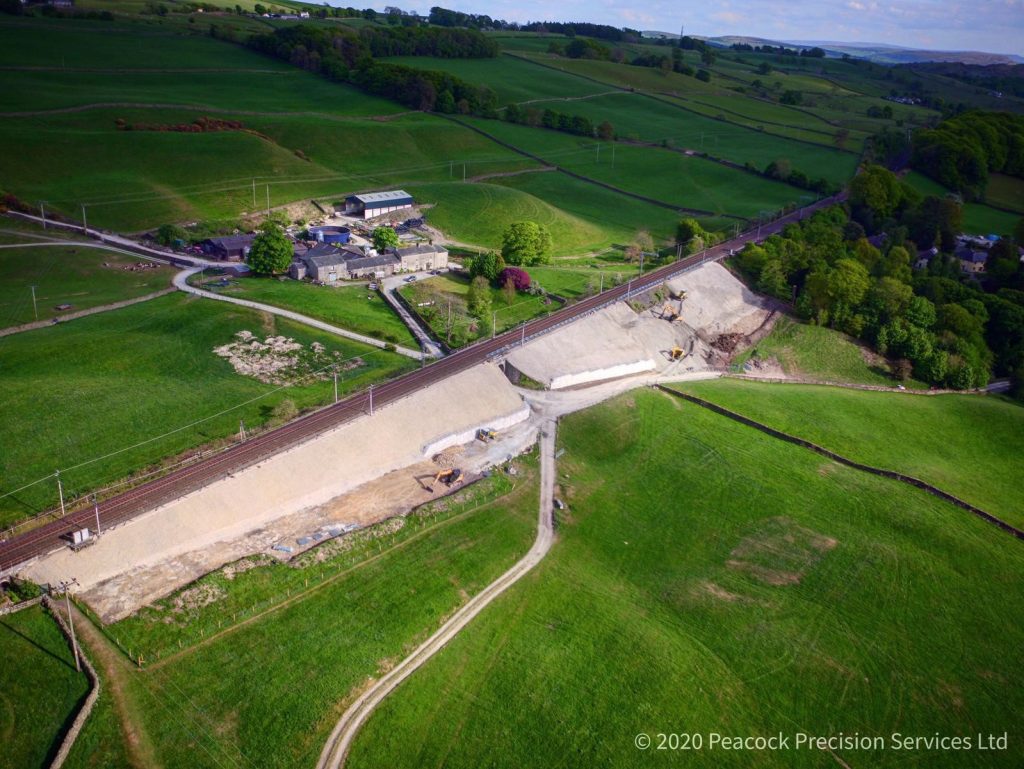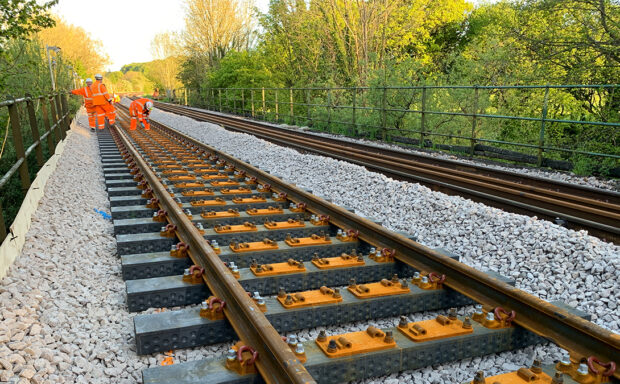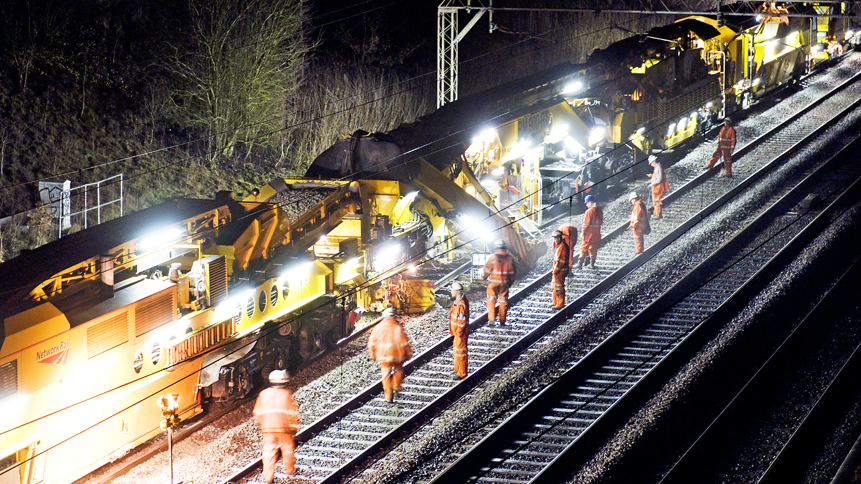The railway has undergone huge changes in response to coronavirus, to keep vital services running for key workers and freight operators and ensure people using the railway and working on it can stay far enough apart from each other.
However, we are doing everything we can to continue our day to day work for everybody in Britain – and that includes carrying out regular maintenance and improvements:
Brand-new station opens to passengers
The new Horden railway station in County Durham opened on 29 June.
The station links the east of the county with the local, regional and national railway, and will support the wider regeneration of the area.
The development is a joint project between Network Rail, Durham County Council, Northern and Story Contracting, and is has been funded by the council with an extra £4.4m from the Department of Transport’s New Stations Fund and a grant from the North East Local Enterprise Partnership.

Cllr Simon Henig, leader of the council, said: “It has been a long-held ambition to have a station at Horden so, after a number of years of hard work and commitment by ourselves and our partners, it’s fantastic that we have now welcomed the first train and the first passengers.
“This new facility will open up significant opportunities for communities across east Durham, by providing a direct transport link to Teesside, Wearside and Tyneside. And, of course, it will also make it easier for people from outside the area to travel to the east of the county, whether for business or pleasure.
“It is going to provide a major economic boost to the county and I’m sure residents and businesses will be keen to take advantage.”

More reliable journeys for Cumbia
A £3.5m investment took place to protect the railway in Cumbria from landslips and provide more reliable journeys for passengers.
Engineers have upgraded the embankments along the railway to improve journeys on the West Coast main line between Oxenholme and Carlisle as part of the Great North Rail Project.
We have made the earth embankments less steep and the ground more secure at two stretches of railway: one located north of Oxenholme and the other just south of Carlisle.
The embankments are constructed from a mix of ash and local material excavated from nearby cuttings, which in these two areas are predominantly taken from glacial deposits – known as Devensian Till.
Work took place after the site north of Oxenholme suffered from damaged during Storm Desmond in December 2015.
Richard Hockney, a project manager at Network Rail, said: “This essential work as park of the Great North Rail Project will make this busy passenger and freight route more reliable in the future.
“Our teams have worked hard to secure a total of 1.5km of embankment over the last few months, working around challenges brought on by Covid-19.”
Supporting work for Gatwick Airport upgrade
We have extended platforms at Cooksbridge, Lancing and Goring-By-Sea railway stations to support the £150m Gatwick Airport station upgrade, which will also improve accessibility and reduce overcrowding and delays for commuters and leisure travellers across the South East of England.
To enable the Gatwick project works and provide greater capacity for passengers, Govia Thameslink Railway (GTR), the train company that operates Southern services, will increase the length of some trains operating along coastal routes to Eastbourne, Hastings, Worthing and Littlehampton, to eight carriages.

Chris Fowler, passenger services director for Southern and Gatwick Express, said: “We’ve doubled the length of trains serving routes between our south coast stations and Gatwick Airport to maintain capacity for our passengers during the airport station’s major upgrade.
“This successful platform extension programme by Network Rail will mean that the longer trains won’t cause hold-ups for road users at level crossings. Later this summer, our passengers will be able to use the extra space on the platforms as well as on the trains, making social distancing that much easier for their whole journey.”




